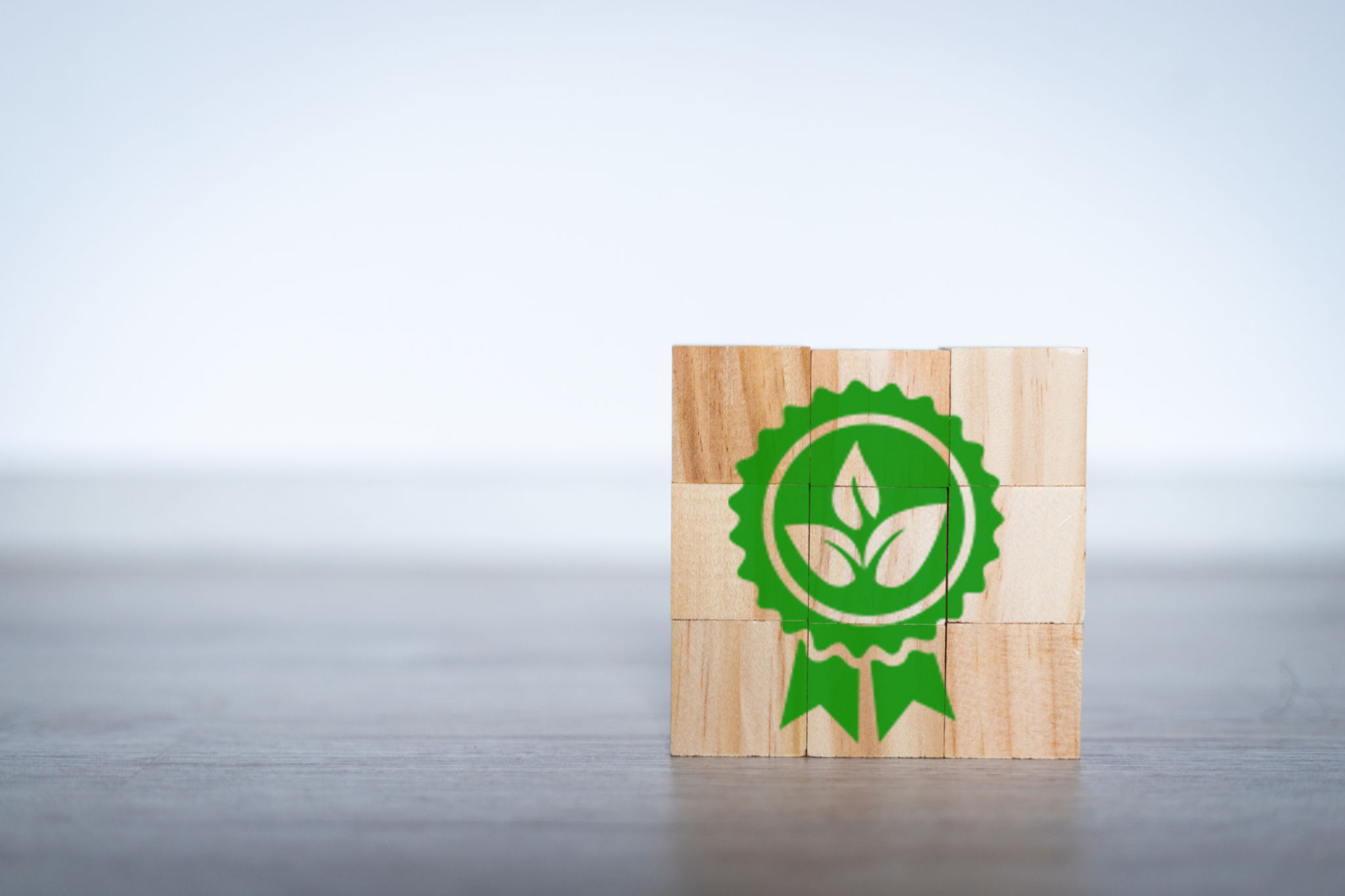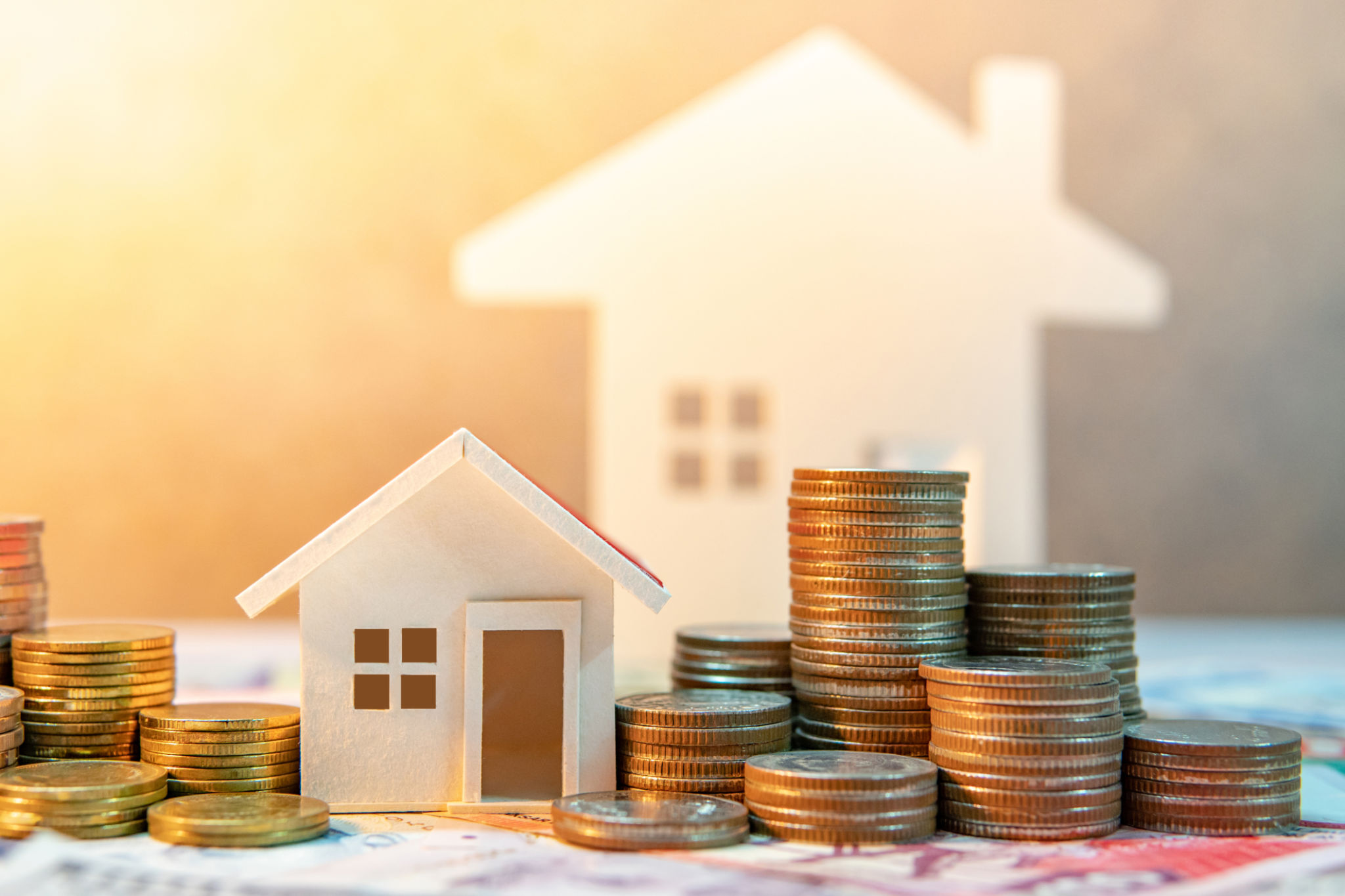How to Choose Eco-Friendly Building Materials for Your Home
Understanding the Importance of Eco-Friendly Materials
As awareness of environmental issues grows, more homeowners are looking to create sustainable living spaces. Choosing eco-friendly building materials is a crucial step in reducing your home's carbon footprint. Not only do these materials contribute to a healthier planet, but they also often lead to better indoor air quality and energy efficiency.
Eco-friendly materials are typically non-toxic, sustainably sourced, and have a minimal impact on the environment during their production and disposal. Understanding what makes a material eco-friendly can guide you in making informed decisions for your home construction or renovation project.

Identifying Sustainable Material Options
When selecting eco-friendly materials, it's essential to consider the source and the lifecycle of the products. Look for materials that are renewable, such as bamboo, which grows rapidly and can be harvested sustainably. Other options include reclaimed wood, which gives new life to old materials, and recycled metal, which reduces the need for new mining activities.
Another critical aspect is durability. Materials that last longer reduce the need for frequent replacements, conserving resources and reducing waste. For example, opting for metal roofing can offer longevity and recyclability, making it a sustainable choice for your home.

Evaluating Energy Efficiency
Energy efficiency is a vital component of eco-friendly building materials. Products that enhance insulation, such as straw bales or sheep's wool, help maintain comfortable indoor temperatures, reducing the need for artificial heating and cooling. This not only lowers energy consumption but also cuts down on utility bills.
Windows and doors are another area where energy-efficient materials can make a significant difference. Double-glazed windows, for instance, provide excellent insulation, keeping your home warm in the winter and cool in the summer.

Considering Health and Safety
Eco-friendly building materials also contribute to healthier indoor environments. Traditional building materials can release volatile organic compounds (VOCs) and other toxins that affect air quality. In contrast, eco-friendly options like low-VOC paints or natural fiber carpets help maintain cleaner air inside your home.
Additionally, consider the safety of materials during installation and use. Non-toxic adhesives and sealants are preferable to conventional counterparts that may emit harmful fumes.
Certifications and Labels to Look For
To ensure you're choosing truly eco-friendly materials, look for certifications and labels that guarantee their sustainability credentials. The Forest Stewardship Council (FSC) certifies responsibly managed forests, while the Cradle to Cradle certification assesses a product's overall impact on health and environment.
Other labels to consider include Energy Star for energy efficiency and GreenGuard for low chemical emissions. These certifications can provide peace of mind that your selections meet rigorous environmental standards.

Balancing Cost with Sustainability
While eco-friendly materials can sometimes be more expensive upfront, they often offer long-term savings through reduced energy costs and increased durability. It's essential to balance initial costs with potential savings over time.
Consider your budget carefully and prioritize areas where eco-friendly materials will have the most significant impact. For example, investing in high-quality insulation or energy-efficient windows can yield considerable savings over the years.

Conclusion: Making Conscious Choices
Building or renovating a home with eco-friendly materials is a positive step towards sustainability. By choosing renewable, durable, and non-toxic options, you contribute to protecting the environment while creating a healthier living space for you and your family.
Remember, every small decision counts. Whether it's choosing recycled tiles or investing in solar panels, each choice moves you closer to a more sustainable lifestyle. Embrace these changes today for a greener tomorrow.
